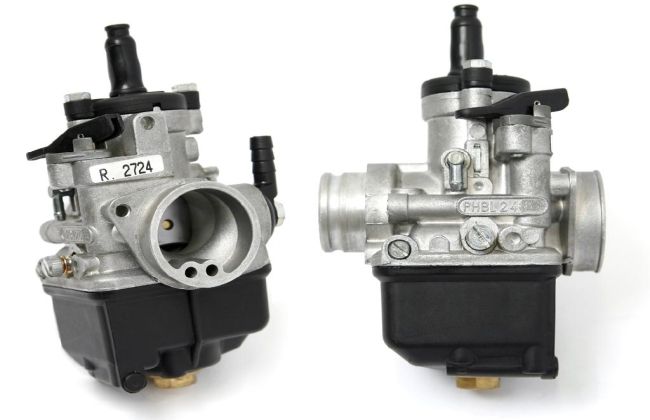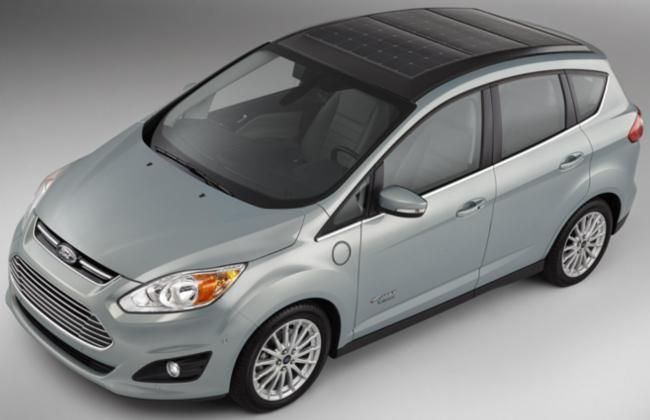Technology Decoded: Carburetor
Modified On Mar 09, 2016 03:25 PM By Sahib
- Write a comment

Carburetor combines gasoline and air in order to create a highly combustible mixture. For optimizing an engine's performance, it regulates the ratio of air and fuel as required under different conditions. With present day carburetor design and technology, it is still not possible to obtain precise air-fuel ratio and complete vaporization of the fuel. As the emission norms & regulations are tightening with time, many manufacturers are not able to cope with this technology. Due to this fact, more advanced technologies are being adopted by automobile firms to deal with the rising challenge.
Background/Development:
- In 1885, Karl Benz invented the carburetor and patented the device in 1886.
- Until the invention of advanced fuel-injected engine concept in 1980s, all cars used the carburetor as a key part of their design.
Technology Explained:
All carburetors make use of the venturi principle. Venturi is a tube that has a narrow cross section in the middle as compared to its either end. The Venturi effect follows basic Bernoulli's principle with a significant effect. Since the molecules of fluid are flowing rapidly in the constriction, the Bernoulli's principle comes into effect here and the pressure in this region of tube becomes lower than it is outside.

Parts of Carburetor: A simple carburetor consists of a float chamber, venturi (choke tube), main nozzle (discharge jet), choke valve and throttle valve.

Float Chamber:
This component of a carburetor has a system in place to maintain a constant petrol level inside. It consists of a float and needle supply valve. The float in the chamber lowers if the fuel in the chamber falls below desirable level, hence opening the needle of fuel supply valve and admitting fuel into the chamber.
Venturi:
This tube has a narrow cross section in the middle as compared to its either end. This cross-section is the minimum at the throat. During suction, when the air passes through venturi, velocity of air increases while its pressure decreases in the throat. We can have a fixed venturi or variable venturi as per the requirement. In variable venturi, the cross-section area of the tube is being varied as per demand on the engine.
Discharge jet:
It is located in the throat of venturi. From float chamber, fuel is fed to discharge jet.
Choke valve:
It is used for controlling the amount of air passing to the venturi.
Throttle valve:
It is a butterfly valve which is connected to the accelerator or gas pedal. Depending upon the working conditions, this valve rotates to permit the required amount of air/fuel mixture to reach the engine cylinder.
Watch this video for better understanding of Carburetor:
Also Read: Technology Decoded: Hydraulic Power Steering










